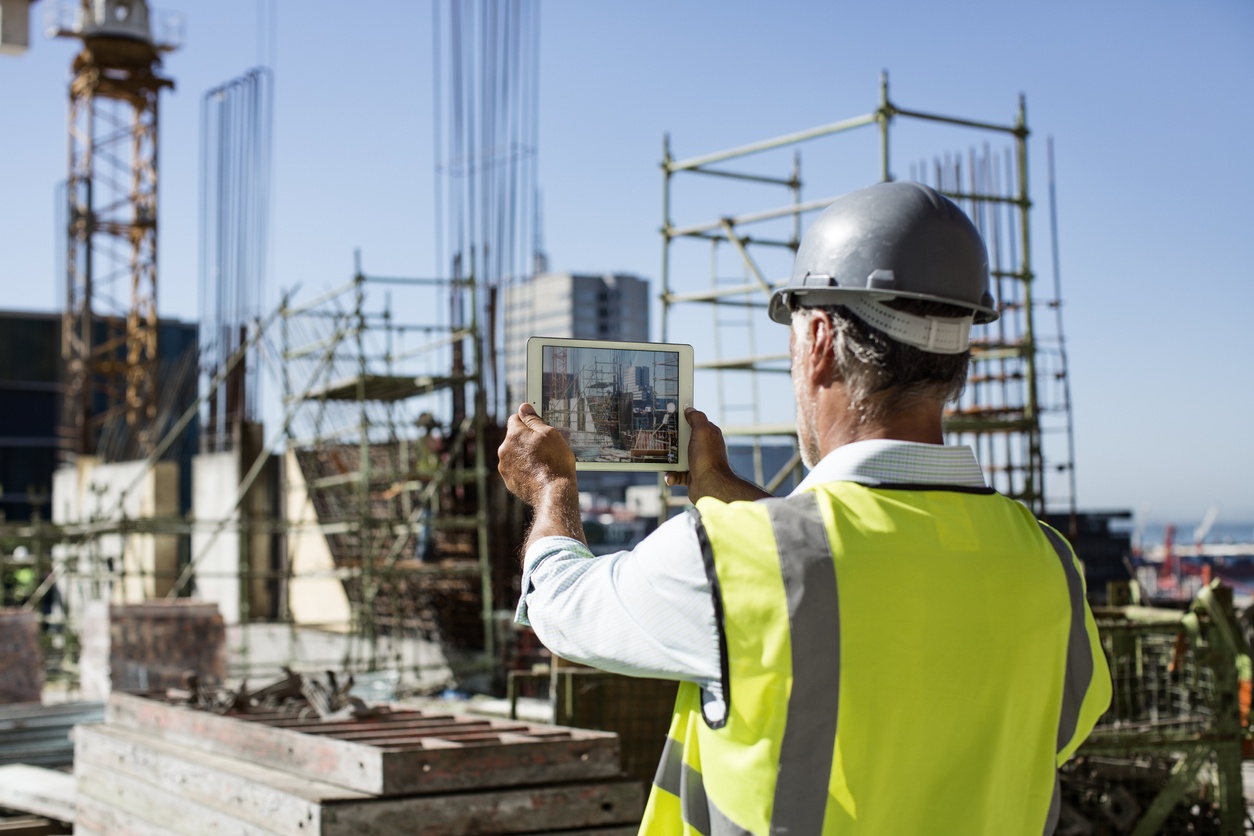Construction Technology: Tips for Utilization

Advancements in new construction technology have always driven the whole industry forward. With the help of technology, construction sites are made safer and workers more efficient. However, forcing companies to incorporate technological advancements will often result in setbacks and issues internally. Careful planning to achieve efficient integration involves fostering a culture of innovation and growth within the company. In addition, prioritizing testing and communication between low ranking and top-ranking employees is also essential.
However, the question is, how does the construction industry utilize technology? As it turns out, technology touches almost every aspect of any construction operation. Companies must prioritize having a partner like Santa Fe Construction Insurance to help mitigate and manage a company’s risk in adopting the latest technology.
If you’re having a hard time choosing which construction technology works best, here are some ideas on what you can do differently:
Increasing Worker Productivity
- Mobile Devices and Software – At present, access to mobile devices and the most updated software helps manage a construction project. Various software can help streamline pre-construction procedures, scheduling, project management, field reporting, and back-office management. Meanwhile, access to mobile devices allows for faster data collection and transmission between the job site personnel and project managers in the back office.
- Off-site Construction – Off-Site is often done in a controlled environment and works similar to a manufacturing plant. The method of using an assembly line of construction helps reduce waste and makes it more productive. This is typically used on projects with repetitive layouts such as apartment buildings, hotels, and hospitals. It usually comes in two forms, which are modular and prefabricated. An entire room can be built complete with MEP, finishes, and fixtures already installed using modular construction. On the other hand, building components are built off-site and then assembled or installed on the construction site for prefabricated construction.
- Machine Learning Systems and Artificial Intelligence – In order to make better decisions, increase productivity, improve job site safety, and reduce risks, most construction firms are now using data. Construction firms can turn the mountains of data using artificial intelligence (AI) and machine learning systems. This technology can predict future outcomes and gain a competitive advantage when bidding on construction projects.
Improving Safety
- Virtual Reality Safety Training – The two areas where virtual reality (VR) could have a substantial impact are on safety training and equipment operator training in the construction industry. Workers can get exposure to various environments like confined spaces or working at height in a safe, controlled environment using virtual reality.
- Smart Construction Wearables – Wearable tech or commonly referred to as ‘wearables,’ are being embedded into apparel and personal protective equipment to monitor workers and their environment to make the job site safer. Additionally, improvements with wearables can be seen and used in the next few years. These include monitoring the worker’s vital signs like respiration rate, skin temperature, and heart rate. In the near future, these technologies can also monitor workers’ posture, track their movements, and determine if they are suffering from fatigue.
- Site Sensors – These are usually deployed across a construction site to monitor things like volatile organic compounds, temperature, noise levels, and dust particulates to help minimize exposure to workers. These are mounted throughout the construction site and can alert workers when they are at risk.
Data from the sensors are gathered and analyzed to mitigate exposure levels and keep workers safe in order to stay compliant with the OSHA regulations.
Addressing Labor Shortage
- Drones – To cover workforce shortage, these can be used to identify potential hazards each day and quickly conduct job site inspections. Additionally, they are used to take photos as work progresses to create as-built models of job sites. Drones are also proven to work best in tackling more dangerous jobs, like bridges and building inspections.
- Robots – Robots can work continuously to complete several tasks faster than human workers without needing to take breaks. Although current robots are good at doing simple, repetitive tasks, robots do not have the ability to get tired.
The global construction industry is growing, and technology in construction is revolutionizing almost every aspect of the industry. It is expected to reach around $20 trillion by 2020, and demand continues to grow both at home and abroad. As the construction industry expands over the next few years, adopting the latest technology is proven to be a wise move.
About Daniels Insurance, Inc.
At Daniels Insurance, Inc., we have a unique understanding of the risks that businesses like yours face on a regular basis. With the backing of our comprehensive coverages and our dedication to customer service and quick claims resolution, your business will be fully protected. For more information, contact us today at (855) 565-7616.
